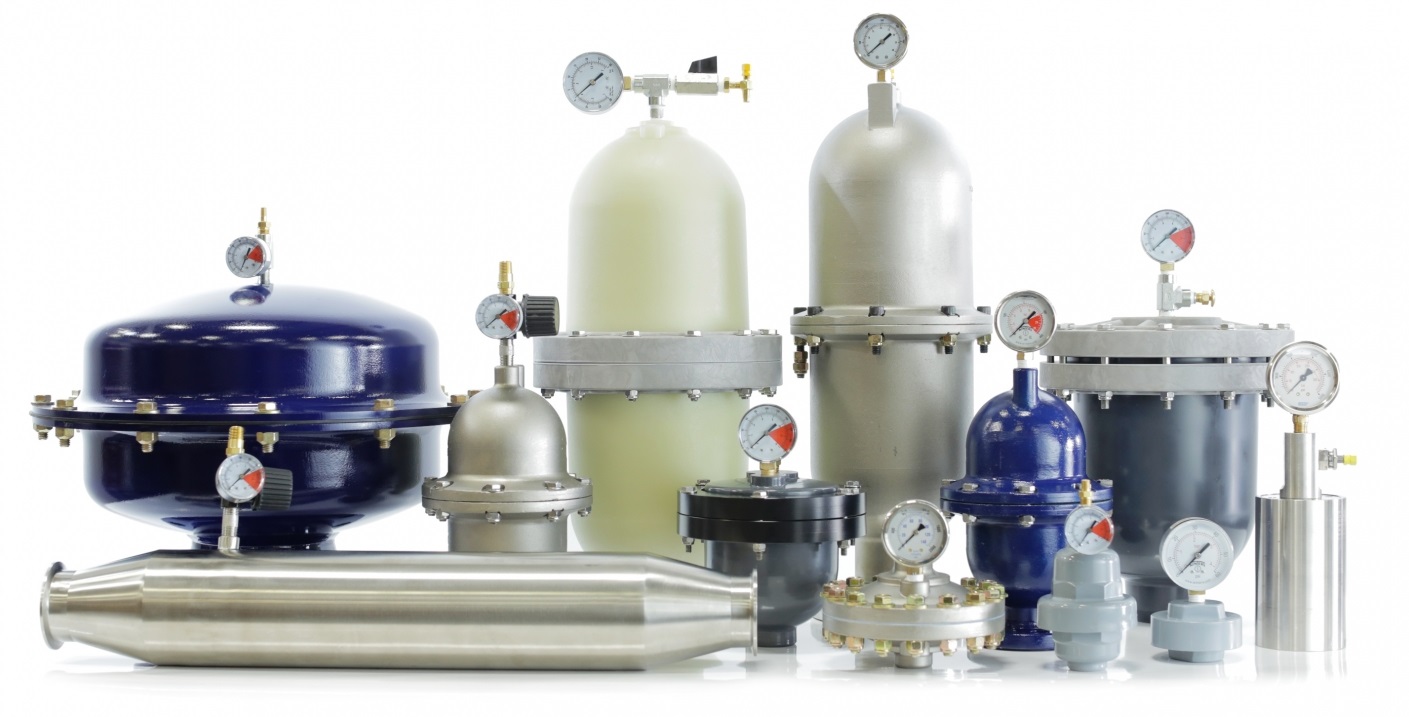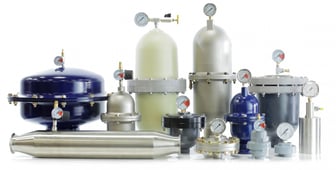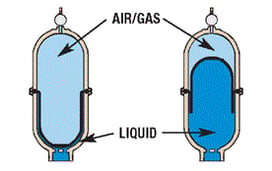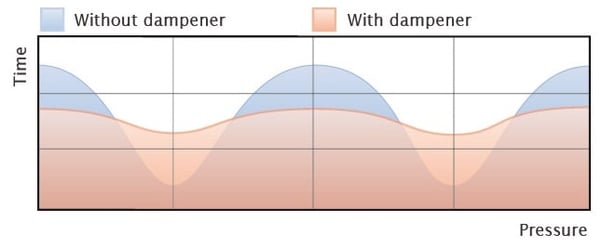
 Pulsation dampeners are fairly common in a variety of different pumping systems. If you have a positive displacement pump, your pipeline might be experiencing some pulsations that cause rattling pipes. Pulsations can also be caused by hose pumps, peristaltic pumps and metering pumps. In order to eliminate these pulsations, you must install a pulsation dampener to get a steady flow.
Pulsation dampeners are fairly common in a variety of different pumping systems. If you have a positive displacement pump, your pipeline might be experiencing some pulsations that cause rattling pipes. Pulsations can also be caused by hose pumps, peristaltic pumps and metering pumps. In order to eliminate these pulsations, you must install a pulsation dampener to get a steady flow.
So, how exactly do you get a steadier flow with a pulsation dampener? The first step is to identify the source of the pulsation. It is common for pumps to cause pulsations within fluid systems. Once the culprit has been identified, a pulsation dampener should be installed as close to the source as possible. Each application requires a different type and size of pulsation dampener or inlet stabilizer.
The difference between a pulsation dampener and an inlet stabilizer is simply where the device is installed in the system. If the device is installed on the inlet side of the pump, it is referred to as an “inlet stabilizer”. If the device is installed downstream on the outlet side of the pump, it would be a “pulsation dampener”. Occasionally these devices are also referred to as “surge suppressors”, but only when installed next to a valve or other flow restricting equipment.
 The concept of a pulsation dampening device is very simple. Think of it as the suspension components on your vehicle. When you drive over bumps or rough surfaces, the shocks and struts on your vehicle absorb the vibrations – allowing for a smoother ride. The inside of a pulsation dampener works the same way, with a rubber diaphragm that adapts to the fluid and pressure levels in your system. A properly installed pulsation dampener will result in a steady fluid flow.
The concept of a pulsation dampening device is very simple. Think of it as the suspension components on your vehicle. When you drive over bumps or rough surfaces, the shocks and struts on your vehicle absorb the vibrations – allowing for a smoother ride. The inside of a pulsation dampener works the same way, with a rubber diaphragm that adapts to the fluid and pressure levels in your system. A properly installed pulsation dampener will result in a steady fluid flow.
A common misunderstanding is that a pulsation dampener is an all-in-one “fix-it” device. Depending on your application or industry, you might need multiple pulsation dampeners within your system. For example, one of our customers had a closed-loop fluid system with six wash hose locations. Every time a hose was activated, it would create pulsations that would disrupt the system. Instead of installing one large pulsation dampener to fix the rattling pipes, six smaller units were installed at every hose location. It is important that a properly-sized dampening device is installed at each pulsation source.
If you are experiencing rattling pipes, we highly recommend that you address the issue before it’s too late. If a pipeline is exposed to frequent vibrations for a long period of time, the system components and pipe welds can become damaged. If pulsation dampeners are installed, your equipment will have a longer life with decreased wear.

For more information, read our blog post that answers frequently asked questions about pulsation dampeners.
Still not sure if a pulsation dampener is ideal for your application? Ask us about it! We have a team of experienced engineers who are happy to provide technical assistance to businesses in Wisconsin and Upper Michigan.
These Stories on Pumps
Headquarters and Service Center
Located outside Green Bay, WI
707 Ford Street
Kimberly, WI 54136
920-733-4425
OptiFlow Design and Build Center
1002 Truman Street
Kimberly, WI 54136
920-733-4425
Burnsville Service Center
12265 Nicollet Avenue
Burnsville, MN 55337
952-444-1949
Grand Rapids Service Center
26489 Industrial Blvd
Cohasset, MN 55721
952-444-1949
© Copyright 2024. Crane Engineering. All Rights Reserved. Privacy Policy.